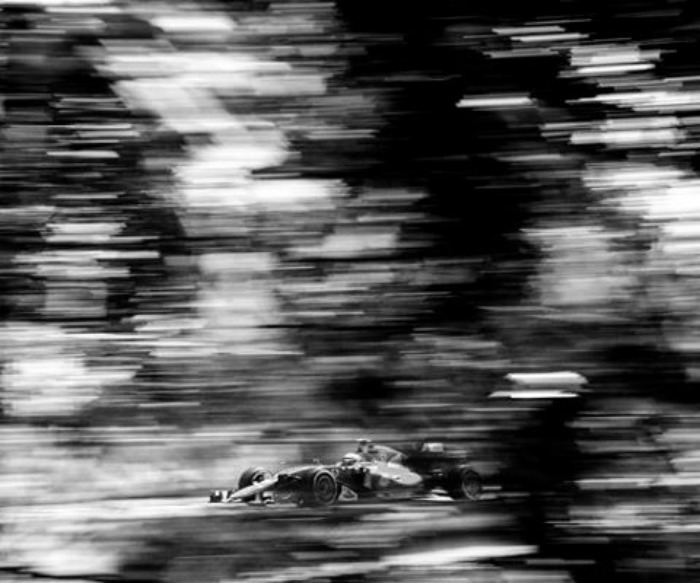Camera shutter speeds were much slower back then because the ISO ratings of the film were very low compared to today. So it took a LOT of light to properly expose a frame. If there isn't enough natural or artificially provided light, then you have to hold the shutter open longer to compensate. EXPOSURE = TIME + LIGHT + ISO. Or something like that.
Actually you can get that effect with any camera that you can select shutter speed with. Set the ISO way low, and use a tripod to pan the moving subject taking care to keep it exactly in the same spot in the viewfinder the entire pan. It will take some practice to get it right. To get the reverse effect, mount the camera on a tripod and the moving subject will be motion blurred, yet the background will be sharp. This can be used to produce some nice effects such as motion of streams and rivers with a sharp landscape around them.


